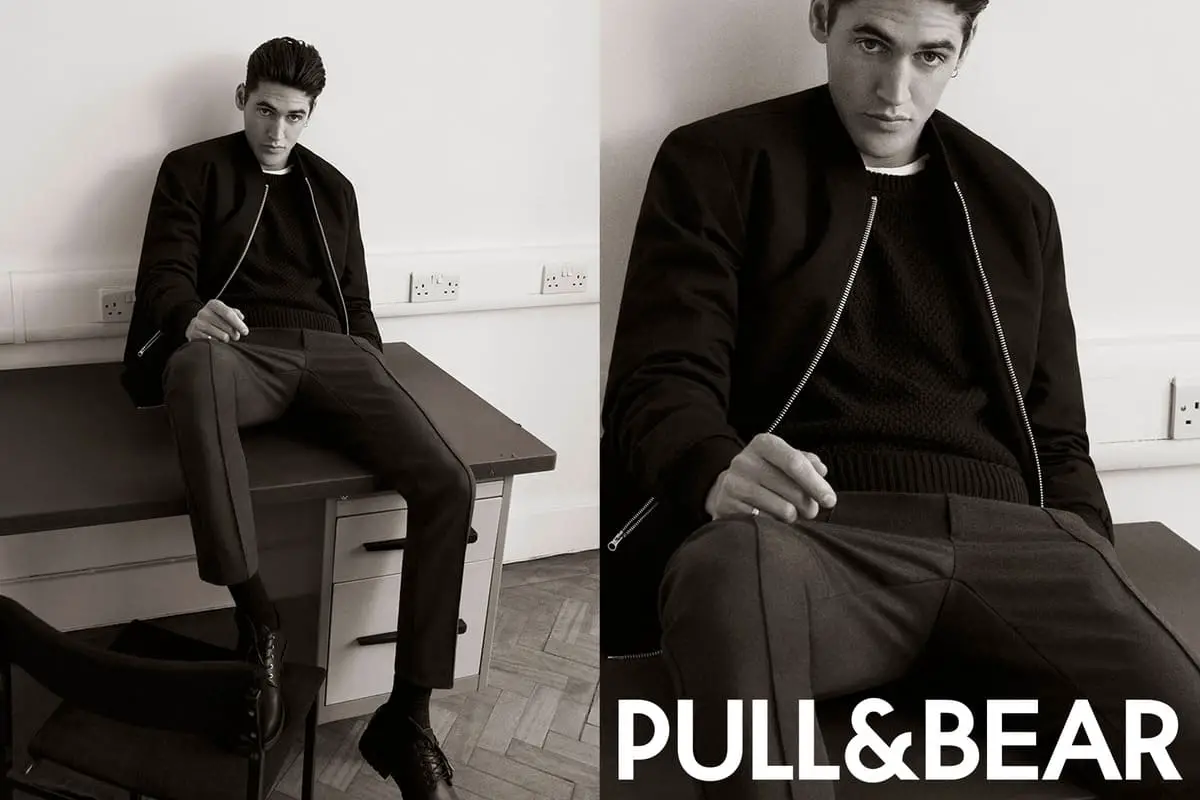Since its inception in 1991, Pull&Bear has been a pioneer in bringing affordable and trendy fashion to a global audience. Founded in Narón, A Coruña, Galicia, the brand was part of Inditex’s strategic move to diversify beyond its successful Zara stores. Initially catering exclusively to men, Pull&Bear quickly expanded its horizons. By 1998, the brand had launched a women’s collection that became equally popular, marking its evolution into a full-fledged fashion retailer with a broad demographic appeal.
Pull&Bear’s history is marked by continuous innovation and expansion. The brand’s international journey began just a year after its launch, with the opening of its first overseas stores in Portugal. This momentum continued throughout the 1990s and 2000s, as Pull&Bear established a presence in various countries across Europe, the Middle East, and Latin America. The brand’s ability to adapt to different markets and cultural trends has been a cornerstone of its success, ensuring its collections resonate with a diverse customer base. Key milestones, such as the introduction of the “XDYE” line in 1998, showcased Pull&Bear’s commitment to integrating sport and technology into its fashion offerings, appealing to the youth culture of the time.
In more recent years, Pull&Bear has continued to evolve, embracing sustainability and digital transformation. The brand’s environmental initiatives, such as the exclusive online publication of its catalog in 2008 and the launch of sustainable collections, highlight its commitment to reducing its ecological footprint. The partnership with Primavera Sound in 2019 and the collaboration with Umbro in the same year underscore Pull&Bear’s dedication to staying relevant and connected to contemporary cultural movements. As Pull&Bear continues to innovate and expand, its rich history serves as a testament to its enduring appeal and adaptability in the ever-changing fashion landscape.
How to tell if Pull&Bear is vintage from the logo
Pull&Bear has undergone several logo changes over the years, reflecting its evolving brand identity and market positioning. The logos from different eras can help determine if a Pull&Bear item is vintage. Here is a guide to understanding the different Pull&Bear logos from various periods.
1991 to 2000s Pull&Bear logo
- The first Pull&Bear logo features a minimalist design.
- The font is thin and elongated, reflecting the fashion trends of the 1990s.
- There is an emphasis on simplicity and clarity in the design.
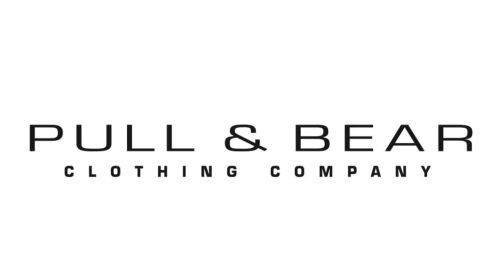
1991 to 2000s Pull&Bear logo
2000s to 2010 Pull&Bear logo
- The logo introduces a bolder, more robust font compared to the previous era.
- The ampersand (&) is more prominent and stylistically distinct.
- Overall, the design aims to convey a modern and youthful image.

2000s to 2010 Pull&Bear logo
1990s to 2023 Pull&Bear logo
- This logo iteration uses a sans-serif font, which is clean and straightforward.
- The letters are more evenly spaced, giving a balanced appearance.
- The design aligns with contemporary aesthetics, maintaining a timeless feel.
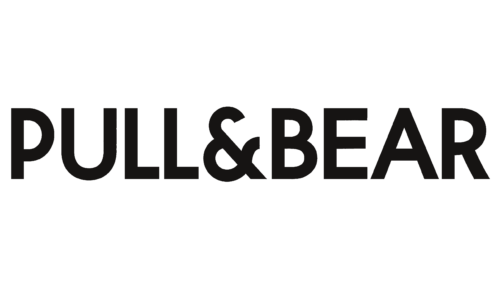
1990s to 2023 Pull&Bear logo
2023 to now Pull&Bear logo
- The latest logo maintains the sans-serif font but with slight modifications for a fresher look.
- The overall structure remains similar to the previous logo, ensuring brand continuity.
- This update reflects the brand’s ongoing commitment to staying relevant and stylish.
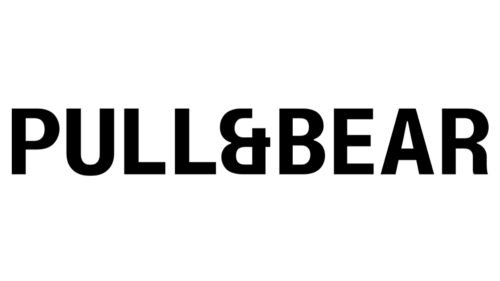
2023 to now Pull&Bear logo
How to tell if Pull&Bear is vintage from the tags
The evolution of Pull&Bear tags reflects the brand’s dynamic approach to fashion over the decades. Starting from the 1990s, each era’s tags offer distinct characteristics that help identify the vintage pieces from Pull&Bear’s collections. Here is a detailed look at how to tell if a Pull&Bear item is vintage based on its tags.
Can’t figure out your vintage tags or labels? Upload a picture on our vintage tag identification page, and we’ll assist you!
1990s vintage Pull&Bear tags
- Bold serif lettering with “Made in Turkey” inscriptions.
- Tags are rectangular and feature size indicators such as EUR, USA, and MEX.
- Classic color schemes with plain backgrounds, focusing on functionality and readability.
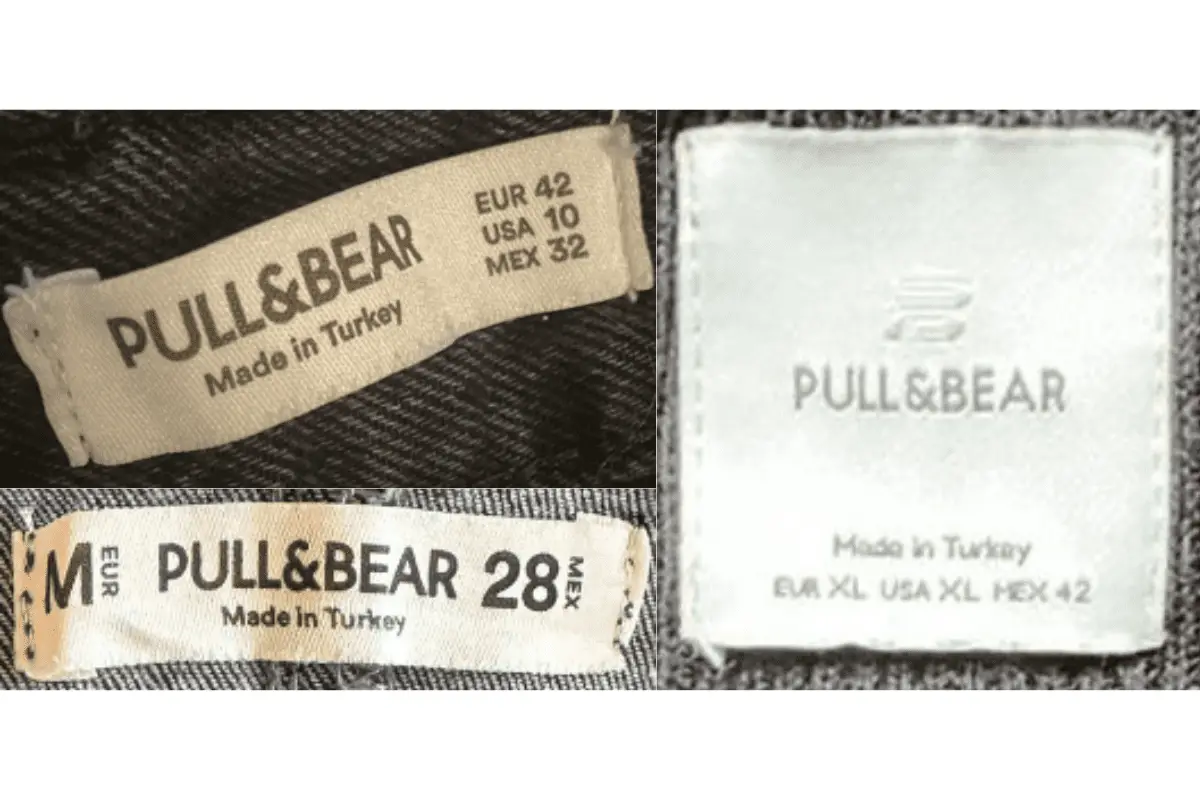
1990s Pull&Bear tags
2000s vintage Pull&Bear tags
- More modern look with a mix of serif and sans-serif fonts.
- Introduction of loop tags for some garments.
- Size information prominently displayed alongside “Made in Turkey” or other country of origin.
- Sometimes includes additional branding elements or design motifs, such as an embossed logo.
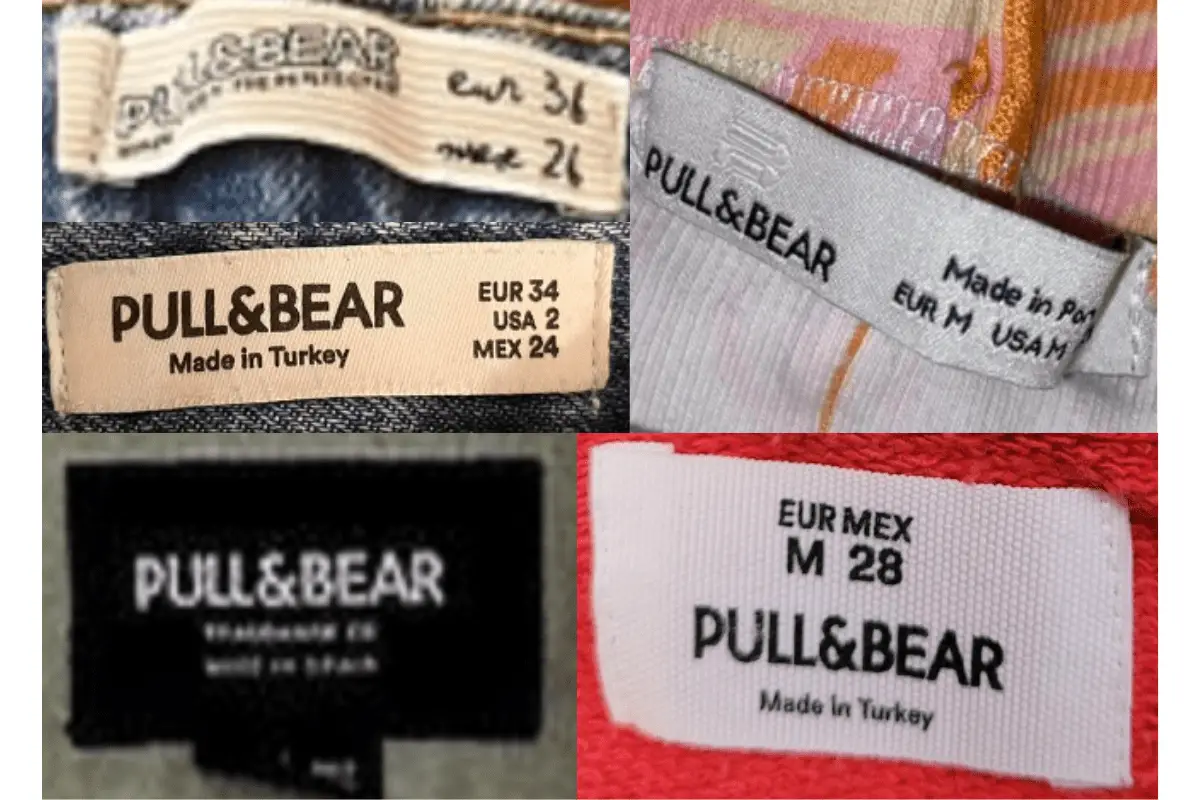
2000s Pull&Bear tags
2010s vintage Pull&Bear tags
- Modernized layout with a focus on minimalism and clarity.
- Variety of colors and materials used for the tags, including black and white contrasts.
- Tags may include additional product information or slogans, such as “Updated Garments.”
- Clear size indicators often paired with manufacturing details, including countries like Vietnam and Portugal.
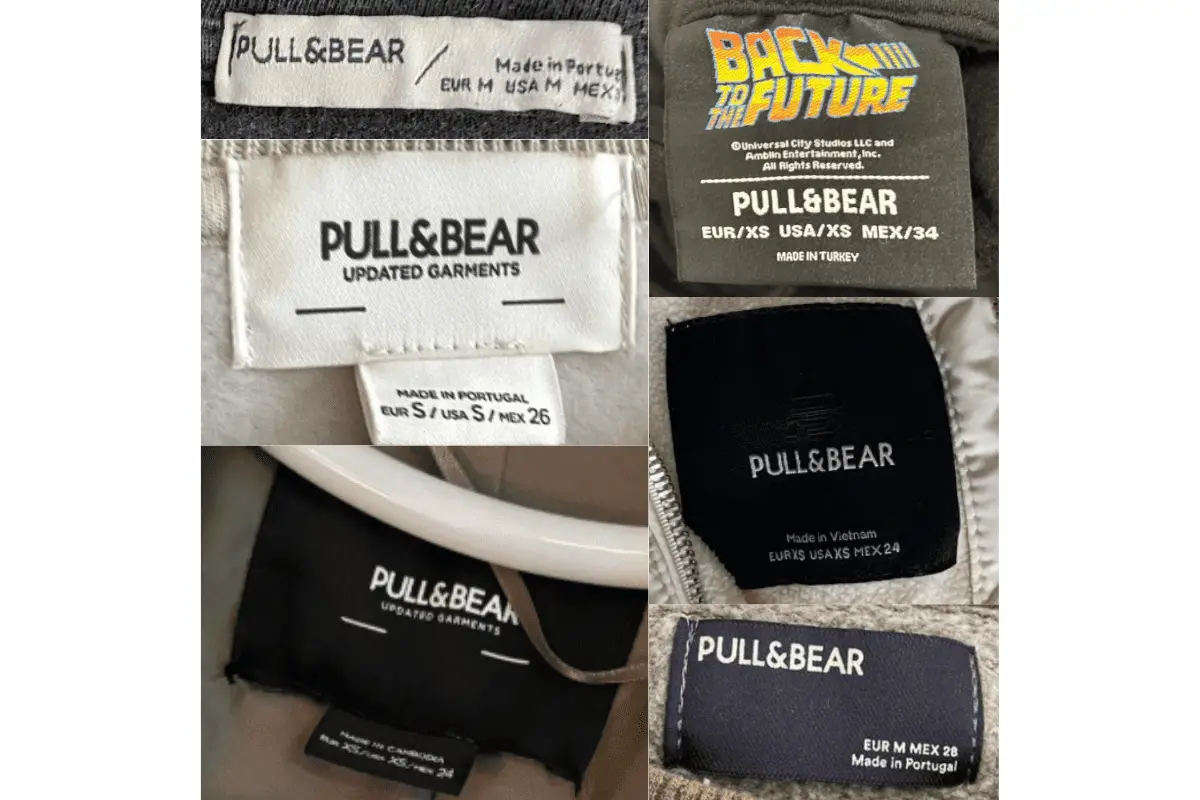
2010s Pull&Bear tags
